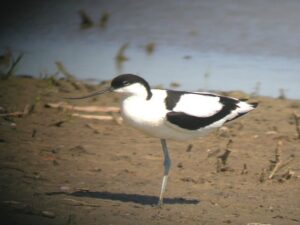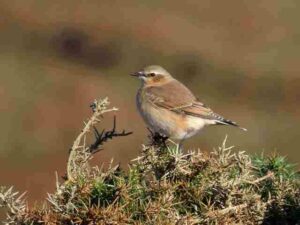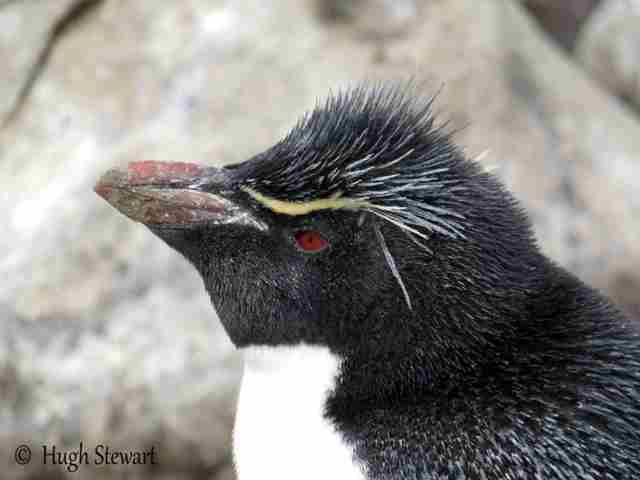Hugh’s News – March 2019
While I have been away on holiday, I missed the unseasonable warm weather that the UK experienced. I say “unseasonal” but in fact I can remember 2 or 3 short periods of hot weather in February or March over recent years. Are they connected with global warming – who knows? Certainly it is a big contrast to the long, cold spring of 2018. A consequence of this recent heatwave and associated favourable winds was the early appearance of several migrants on Wirral.
The first Avocet was back at Burton Mere Wetlands RSPB on 14th February, with at least 50 birds by 27th of the month. They are now showing signs of starting to nest as I write this article in the first week of March. At Fort Perch, New Brighton, a Sand Martin on February 16th was the earliest ever for Cheshire and Wirral. The first Wheatear of spring on 27th February at Hoylake Langfields was 11 days earlier than last year. A day later, a White Wagtail in the horse paddocks at Leasowe was 15 days earlier than last year.
If you have missed these first summer visitors, do not worry as there will be many more arriving over the next month or two. Join us on the next couple of Field Meetings at Leasowe and Blacktoft Sands RSPB for a good chance of seeing them.
Of course, a sudden deterioration in the weather to cold or wet conditions could hold migration and breeding back, but birds are pretty resilient and will generally cope with this change as long as it does not last too long.
There are still plenty of winter visitors on the Dee though. There is another Raptor Watch this Sunday 10th March from 1pm until dusk at Parkgate Old Baths Car Park. And High Tide Birdwatches on Thursday 21st March, Friday 22nd March and Saturday 23rd March from 10.30am-2.30pm, also at Parkgate. The RSPB will be on hand to help point out the birds.
As for my holiday, you will have to wait until 2020 for my talk about it. But I have provided a small clue below!
Hugh Stewart


